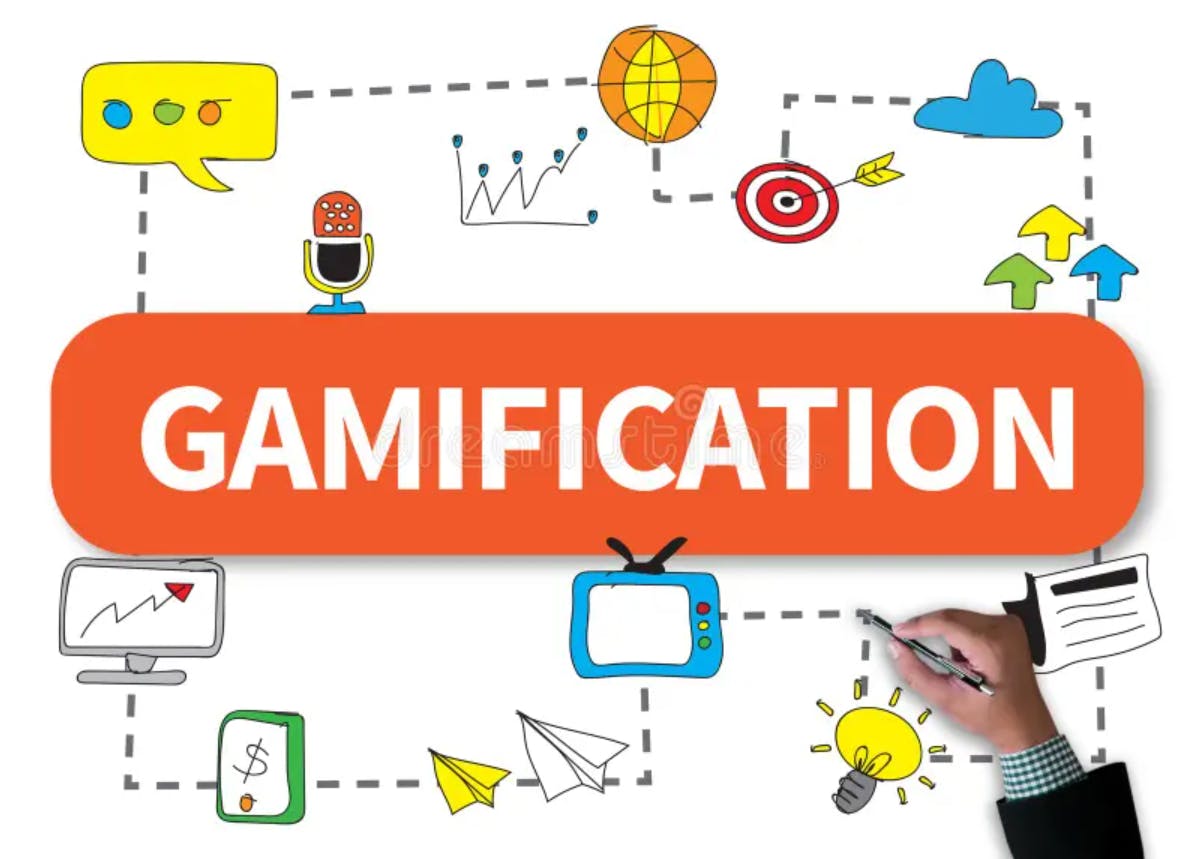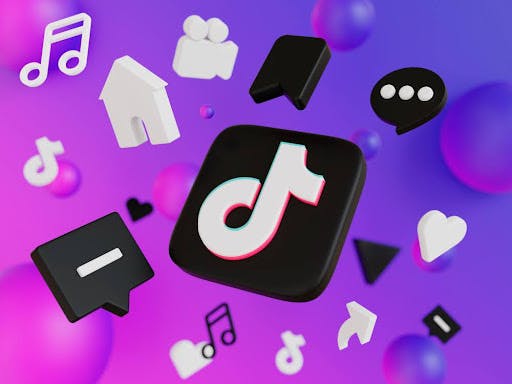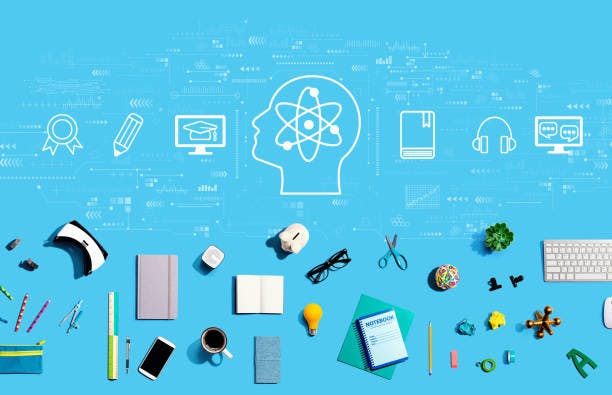14 March, 2025

 Marvellous Ihejiamaizu
Marvellous Ihejiamaizu27 February, 2024
Incorporating Gamification in Education
Play is a foundational aspect of human behavior, igniting curiosity and aiding in the development of skills and behavioral patterns.
Pioneering studies within affective neuroscience have unveiled seven fundamental emotions that are universally experienced among humans and other mammals, namely; SEEKING, RAGE, FEAR, LUST, CARE, GRIEF (formerly PANIC), and PLAY. Several of these emotions are quite expected and part of everyday life and activity, such as fear, rage, and care. However, two of these emotions are quite surprising and of special interest to education: exploration (seeking) and play; each one being essential game elements. These emotions are unexpectedly significant as they are fundamental elements of games and hold special interest for educational purposes.
Understanding these emotional underpinnings is crucial when considering the role of games in education, as games can indeed be defined as rule-based systems of meaningful choices toward desirable goals. Ancient forms of games, ranging from physical activities like wrestling and running to strategic board games, have served as cornerstones of human civilizations, providing entertainment, social bonding, and skill development. These historical examples highlight the intrinsic human inclination towards structured play and competition, which lays the foundation for modern concepts like gamification.
What is Gamification?
The term "gamification" was initially introduced in 2008 by Shirky and Terrill. Grammatically derived from the verb "gamify," which is believed to have been first utilized by Richard Bartle in his exploration of the original Multi-User Dungeon (MUD), one of the earliest computer-generated environments integrating gaming elements and social interactions. Gamification, also known as gameful design, stands as a widely adopted approach for enhancing motivation.
Gamification in the context of education refers to integrating elements of games into learning such that the learning process is engaging, motivating, and enjoyable for learners. In today's digital age, where attention spans are dwindling and traditional teaching methods may struggle to captivate students, gamification is a promising solution to reinvigorate the learning process. By infusing elements of play and competition into educational activities, gamification aims to foster deeper connections with the subject matter and drive positive learning outcomes.
According to research conducted by Future Market Insights, the global education gamification market has risen significantly from 2016 to 2020 which has largely been driven by new technologies in the education settings. The global education gamification market is projected to witness a 30% growth rate, with an estimated value of USD 2 Billion by 2031, marking a significant increase since the inception of gamification in the education sector. This shows the huge prospect that gamification has both in education and also in terms of business opportunities.
Our aim in this piece is to explain in simple terms what gamification is, emerging trends, the challenges associated with incorporating it into education, and how they can be surmounted. The overall goal is to integrate gamification into our learning endeavours.
Understanding Gamification
Gamification makes learning more immersive and aids in greater knowledge retention for learners by including game-based features like points, awards, collaboration, etc. Research has shown many advantages of gamification in educational contexts. For example, recent studies have validated the potential of gamification to improve student motivation, engagement, and interaction in education, while allowing them to immerse themselves in experiential learning.
When these game-based features are tied to learning, a student’s intrinsic motivation to learn is soon tied to tangible learning outcomes that can be measured over time. In some instances, such rewards and points can be exchanged for incentives and physical items. For example, in ClassDojo- a classroom management platform where students earn points for demonstrating positive behaviors. Teachers can then convert these points students have earned for tangible rewards or privileges, such as choosing a classroom activity, receiving a small prize, or even earning a special badge or certificate.
Also, before the COVID-19 pandemic, various educational institutions and organizations in South Africa had adopted Learning Management System (LMS) platforms to facilitate remote learning. For instance, the University of Cape Town (UCT) utilized the the Moodle LMS to deliver online courses and resources to students which helped it stay on track with its academic calendar and minimized the impact of the disruption caused by the pandemic. The success experienced by these early adoption institutions has caused a remarkable increase in Edtech companies seeking to make online learning easily accessible and engaging for learners. A good example of such a startup is Lintna which has continued to innovate and provide alternative ways to improve student learning outcomes in the continent and beyond.
It is noteworthy that the COVID-19 pandemic served as a stimulus for incentivizing SMEs, large organizations, and other educational institutions to either go online or switch to a hybrid approach. With the increased adoption of online learning, gamification is proving to be effective in increasing the interactivity and engagement of learning. By incorporating game-based features such as points, awards, and collaboration, gamification makes learning more immersive and aids in greater knowledge retention for learners
Let’s look at two core aspects of gamification to understand why it is so popular and effective.
- Immersive Learning Experience: Gamification relies on several key components to create immersive learning experiences. These include points, badges, leaderboards, challenges, and quests. Points serve as a measure of progress or achievement, badges signify accomplishment and mastery, leaderboards instill a sense of competition and social comparison, while challenges and quests provide structured goals and objectives to pursue.
- Learning Psychology: At the heart of gamification is understanding human motivation and behavior. By leveraging psychological principles such as intrinsic and extrinsic motivation, reward systems, and feedback loops, gamified learning environments can effectively engage learners and sustain their interest over time. Intrinsic motivation, stemming from internal desires and interests, can be nurtured through activities that promote autonomy, mastery, and purpose. In contrast, extrinsic motivation, driven by external rewards or incentives, can be harnessed through tangible rewards and recognition.
Incorporating Gamification in Education
The importance of gamification in educational practices cannot be overemphasized due to its potential to revolutionize traditional learning methodologies. Let’s look at some tools, and LMS, that are leveraging and incorporating gamification into learning:
- Kahoot!: Kahoot! revolutionizes classroom engagement by turning learning into a game. Educators create interactive quizzes or surveys that students answer in real-time using their devices. With points, leaderboards, and lively music, Kahoot! fosters friendly competition, boosts participation, and reinforces learning objectives in a fun and memorable way.
- Classcraft: Classcraft transforms classrooms into epic adventures where students embark on quests, earn points, and level up as characters. By gamifying behavior management and academic progress, Classcraft promotes collaboration, motivates students to excel, and cultivates a positive classroom culture where everyone feels valued and empowered.
- Duolingo: Duolingo gamifies language learning through bite-sized lessons, interactive exercises, and a leveling system. Learners earn points, unlock levels, and compete with friends, making the journey to mastering a new language enjoyable and motivating. With its engaging format, Duolingo encourages consistent practice, accelerates learning, and increases retention.
- Lintna LMS: Lintna LMS stands out by leveraging community chats and interactive quizzes to gamify the learning experience where learners can engage in discussions, share insights, test their knowledge, and collaborate with peers. By integrating these gamified features, Lintna LMS promotes engagement, knowledge retention, and collaboration among users, enhancing the overall learning journey
Challenges and Considerations
Gamified education is not without its unique challenges, there are numerous challenges faced with incorporating gamification into education, and as professionals, we have to find creative ways to address these challenges ensuring that the goals of gamification in education are not lost in the process. To ensure this, we have to take into account some considerations that can help us deal with these associated challenges of gamified education.
- Avoiding Overemphasis on Competition: One potential challenge of gamification is the risk of overemphasizing competition at the expense of collaboration and cooperation. While healthy competition can motivate learners to excel, an overly competitive environment may discourage less confident students or create undue stress and anxiety.
- Ensuring Inclusivity and Accessibility: Another consideration is the need to ensure that gamified learning experiences are accessible and inclusive for all learners, regardless of their backgrounds or abilities. Designing activities that accommodate diverse learning styles and preferences can help mitigate barriers to participation and promote equitable learning opportunities.
- Balancing Educational Content and Game Elements: Striking the right balance between educational content and game elements is essential to the success of gamification initiatives. While gamified activities should be engaging and enjoyable, they must also remain aligned with curricular goals and objectives to ensure meaningful learning outcomes.
- Measuring the Effectiveness of Gamified Learning: Last but not least, measuring the effectiveness of gamified learning interventions presents unique challenges. Traditional metrics such as test scores and grades may not fully capture the impact of gamification on student engagement, motivation, and learning outcomes. Therefore, educators must employ various assessment methods, including qualitative feedback and observational data, to gauge the effectiveness of gamified learning experiences.
The Future of Gamification in Education

Image by @pch-vector in freepik
Although gamification may be dismissed by some as a passing trend, neuroscientists are increasingly unraveling insights into how humans respond to interactive design components. These experts suggest that such elements can trigger positive chemical reactions, influence human reactions to stimuli—potentially enhancing reaction times—and, under specific circumstances, contribute to improved learning, engagement, and motivation. Here are three compelling reasons why gamified learning represents the future of education.
- Personalized Learning Experiences: Gamification has the potential to offer personalized learning experiences tailored to individual student needs and preferences. By leveraging data analytics and adaptive learning algorithms, educators can customize gamified activities to address specific learning objectives, pace, and learning styles, thereby optimizing the learning journey for each student.
- Integration with Emerging Technologies: As technology continues to evolve, gamification in education is expected to integrate with emerging technologies such as augmented reality (AR), virtual reality (VR), and artificial intelligence (AI). These advancements can further enhance the immersive and interactive nature of gamified learning experiences, providing students with more realistic simulations, personalized feedback, and adaptive challenges.
- Global Collaboration and Social Learning: Gamification has the potential to facilitate global collaboration and social learning by connecting students from different geographic locations and cultural backgrounds. Through gamified platforms and collaborative games, students can work together to solve problems, complete challenges, and share knowledge, fostering a sense of community and enhancing cross-cultural understanding.
By understanding the core elements and psychology behind gamification, educators can design engaging and effective learning activities that captivate learners' attention, foster intrinsic motivation, and promote meaningful learning outcomes. However, it is essential to consider the potential challenges and considerations associated with gamification, such as avoiding overemphasis on competition, ensuring inclusivity and accessibility, and balancing educational content with game elements.
As we look to the future, the integration of gamification with technological advancements and other educational trends holds great promise for advancing how we teach and learn. Let us embrace gamification as an avenue for innovation and transformation in education, empowering learners to thrive in an ever-changing world.






